The Restoration of Yazheng and the Story of Yazheng's Past
The whole audience was speechless listening to the zither, and the trees in the autumn mountains were clear.
It should only have been sent to the Queen of Qin, and written in the voice of the phoenix in the clouds.
This poem is "Listening to the Rolling Zheng" written by Liu Yuxi, a poet in the Tang Dynasty.
Peng Liying's team from Beijing Musical Instrument Research Institute conducted research on the restoration of the ancient musical instrument Yazheng, and produced the original work of Yazheng, "The Autumn Wind", reproducing the scenes played in ancient poems, and replaying the ancient rhythm left in the poems.
Let's open the video first, enjoy the work, and listen to the song "The Autumn Wind" played by the zither.
The history of zither
What do you think of when you hear a zither? Is it the cello? Or a matouqin? What do you think of when you see a zither? A guzheng played with a wooden stick? So, what exactly does a zither look like?
In fact, according to ancient books, the zither is indeed a zheng musical instrument. In the Song Dynasty, Chen Yang's "Book of Music" appeared in the genus of music diagram theory, vulgarity, and eight-tone silk. "There was a zheng rolled in Tang Dynasty, and it was rolled with a piece of bamboo to moisten its end. That's why it was named."
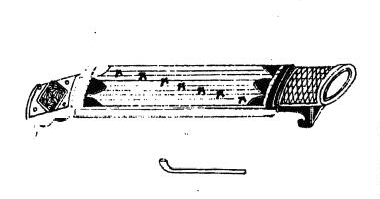
Rolling zheng in Chen Yang's "Book of Music" in Song Dynasty
The picture qín of the musical instrument that appeared in "The History of the Yuan Dynasty" is also a zheng, and it is recorded that "a picture, such as a zheng, seven strings, has a column, is rolled with bamboo, and the picture is also rolled on the zheng." There are records of rolling zheng again in ancient books such as Tong Dian", "Dynasty Ritual Schema" and so on. There are "rolling zheng, like a zheng but small, with ten strings, rolling it with a wooden pole", and there are also the appearance pictures of rolling zheng at that time. Drawing and detailed dimensions.

The Music and Music Rolling Zheng of Yan Fan Bu in "Dynasty Ritual Vessel Schema" in Qing Dynasty
The zither can be played sitting, standing or walking, and can be played in two ways, horizontal and vertical.
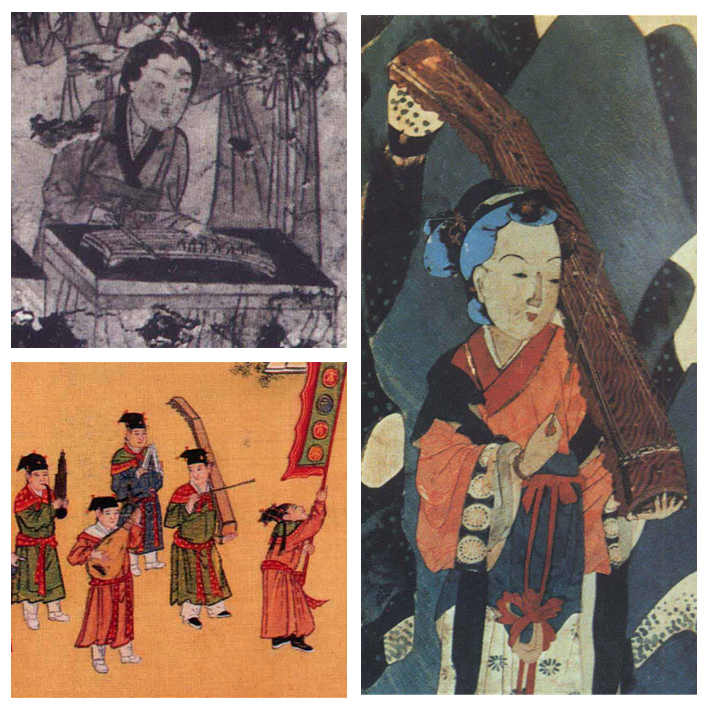
The upper left of the picture is the picture of Xu Gui's tomb playing music in the Jin Dynasty, and the lower left is the "Xianzong Lantern Festival Music Picture" in the Ming Dynasty
On the right is a picture of Guo Ziyi's birthday wishes for Ruichengduijin in Ming Dynasty
Other musical instruments developed later by the Guzheng can also be glimpsed into its original appearance. It has evolved into different musical instruments in the folk over a long period of time, such as the Guqin in Wugang, Henan and Handan in Hebei, Wenzhenqin in Putian, Fujian, and Qingzhou in Shandong. The zither, the waqin in Guangxi, and the fuqin in Hejin, Shanxi, etc., and spread to the Korean peninsula, have evolved into the traditional musical instrument of the Korean nation, the yazheng.
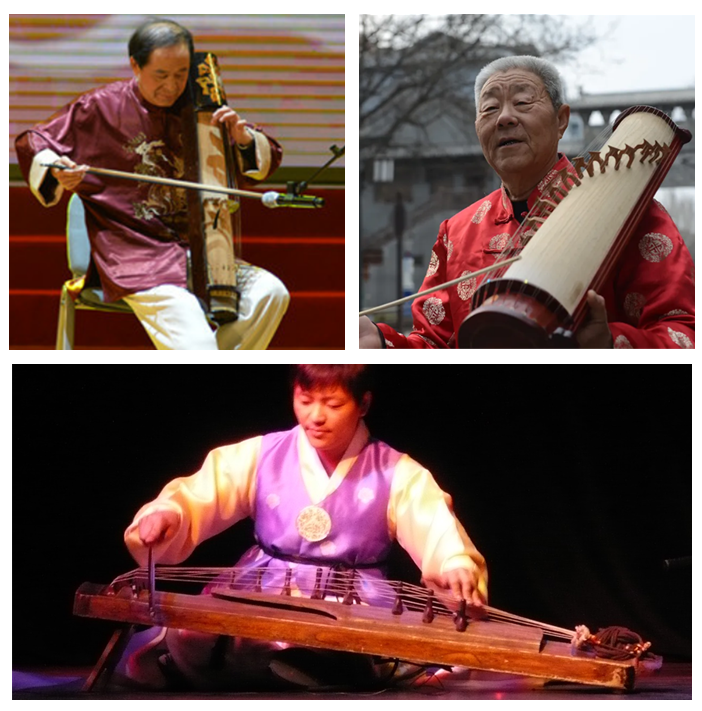
The upper left is the Fujian Wenzhenqin, the upper right is the Qingzhou Zheqin, and the lower right is the Korean Yazheng
The rebirth of the zither
The ancient zheng, the sound of luan and phoenix, can no longer be tested. Today's zheng has been reborn after searching up and down.
In 2020, Peng Liying's team from Beijing Musical Instrument Research Institute analyzed and researched relevant documents, cultural relics, and physical musical instruments with inheritance relationship at home and abroad, inquired and screened out information on its shape, size, timbre, pitch, etc., and finally successfully restored it. A large seven-string zither and an improved small zither have been produced, which have been polished and perfected many times after evaluation by many experts, and a number of related patents have been obtained.
The restoration of the zither was completed by Peng Liying, director Li Sufang of the Shanghai National Musical Instrument No. 1 Factory and her team.
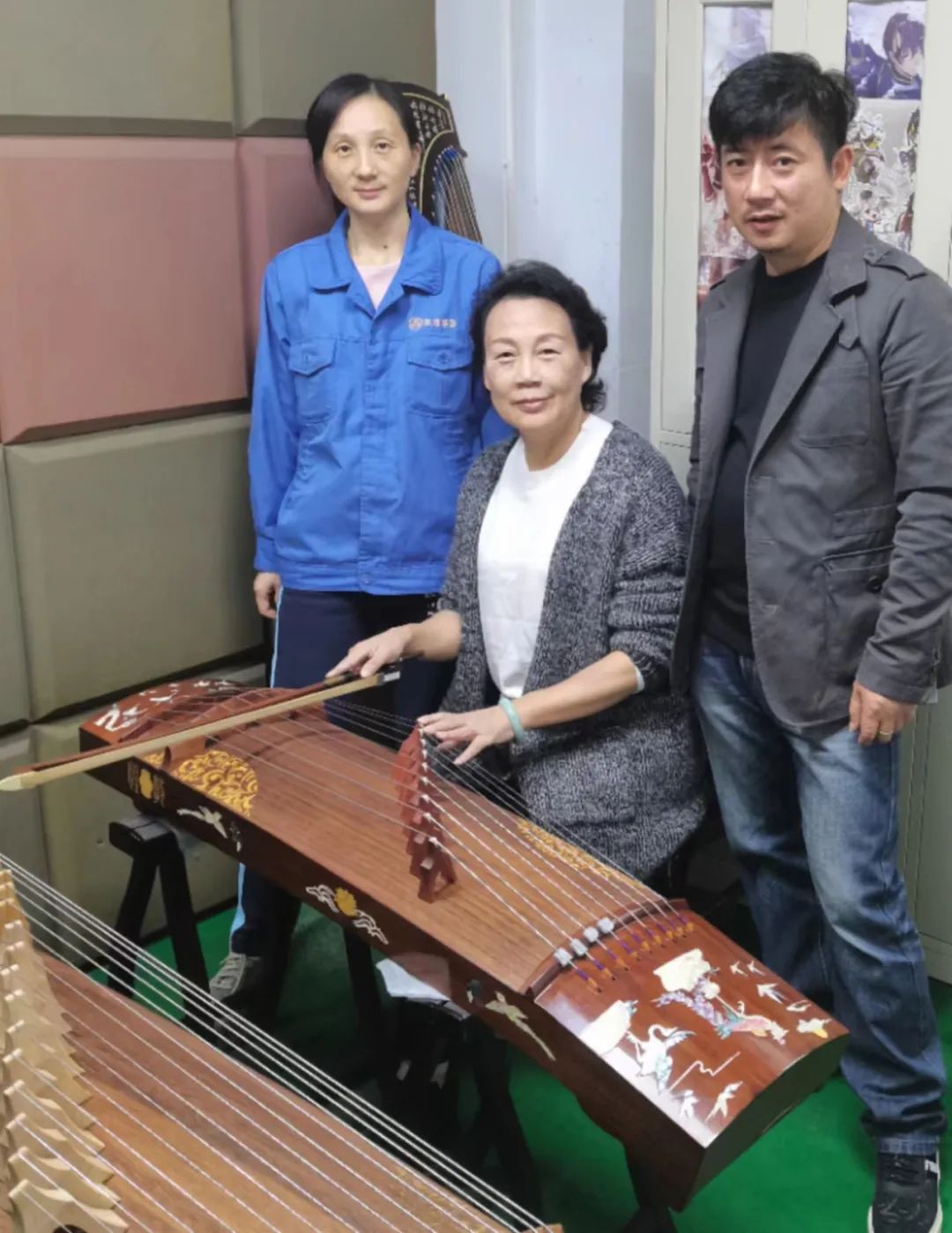
Li Sufang's team from the No. 1 National Musical Instrument Factory in Shanghai
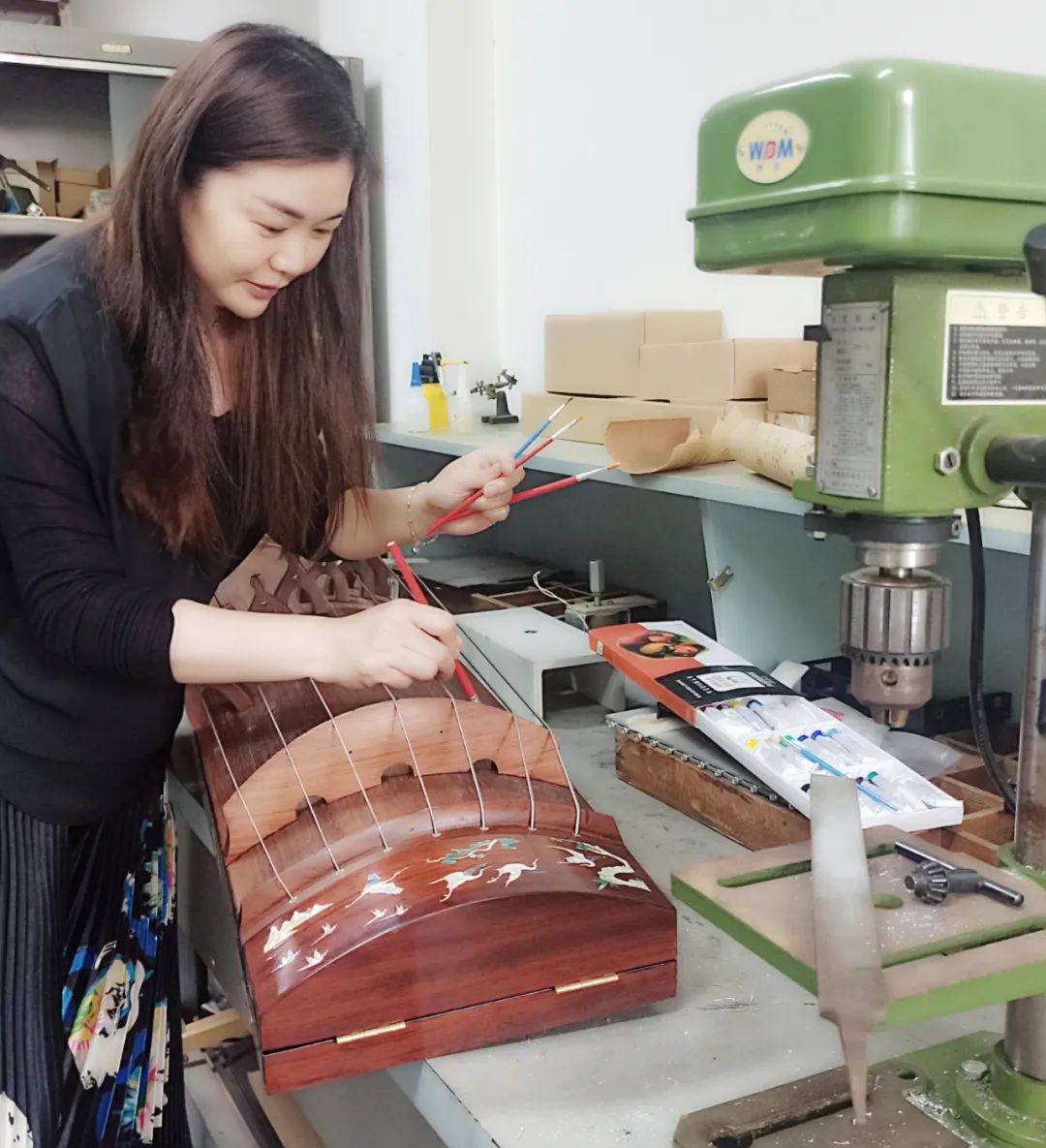
Project leader Peng Liying
The expert review committee of the Guzheng Restoration Project is composed of Feng Yuankai, Chairman of the Musical Instrument Reform and Production Committee of the Chinese National Orchestra Society, Li Meng, a professor and doctoral supervisor of the Central Conservatory of Music, Zhang Boyu, a professor of the Central Conservatory of Music and the President of the Central Conservatory of Music Press, and the China Conservatory of Music. Fu Xiaodong, professor and librarian, and Li Sufang, quality director of Guzheng, Shanghai No.1 National Musical Instrument Factory, and other committee members.
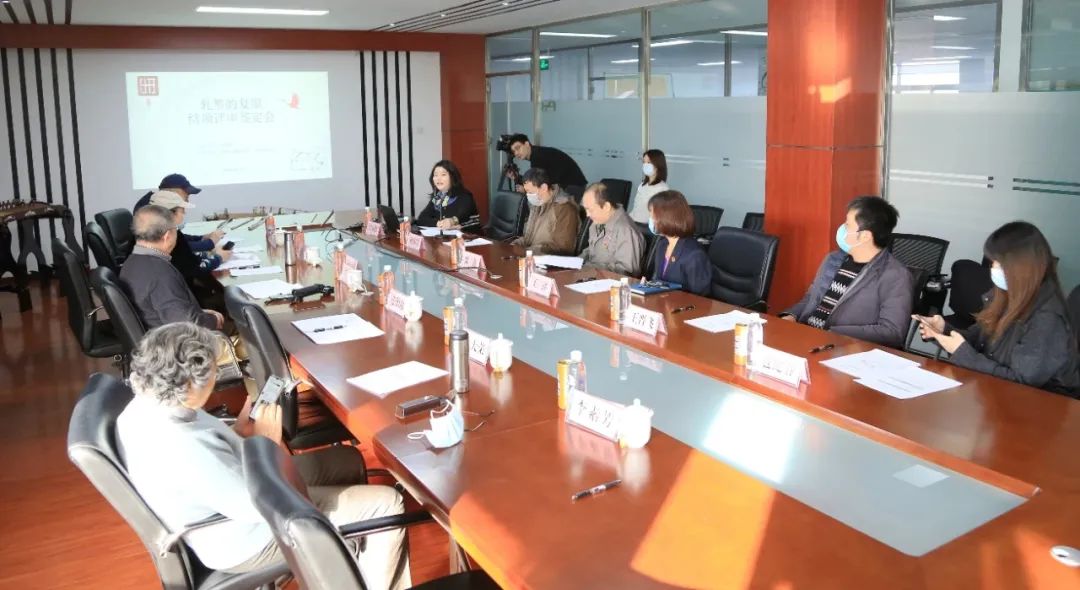
At the achievement appraisal meeting, after on-site testing by the expert judges, the project results meet the scientific research requirements for the restoration technology of ancient musical instruments such as the shape, timbre, and performance of the zither, and have important value for subsequent improvement and further research on musical instruments and music.

Guzheng's works
The restoration and production of musical instruments requires excellent works to be presented, and the song "Song of the Autumn Wind" in the video perfectly shows the beauty of the sound of the zither.
Song of the Autumn Wind is an original work tailored by the composer Zhao Yue for the zither.
About the musician:
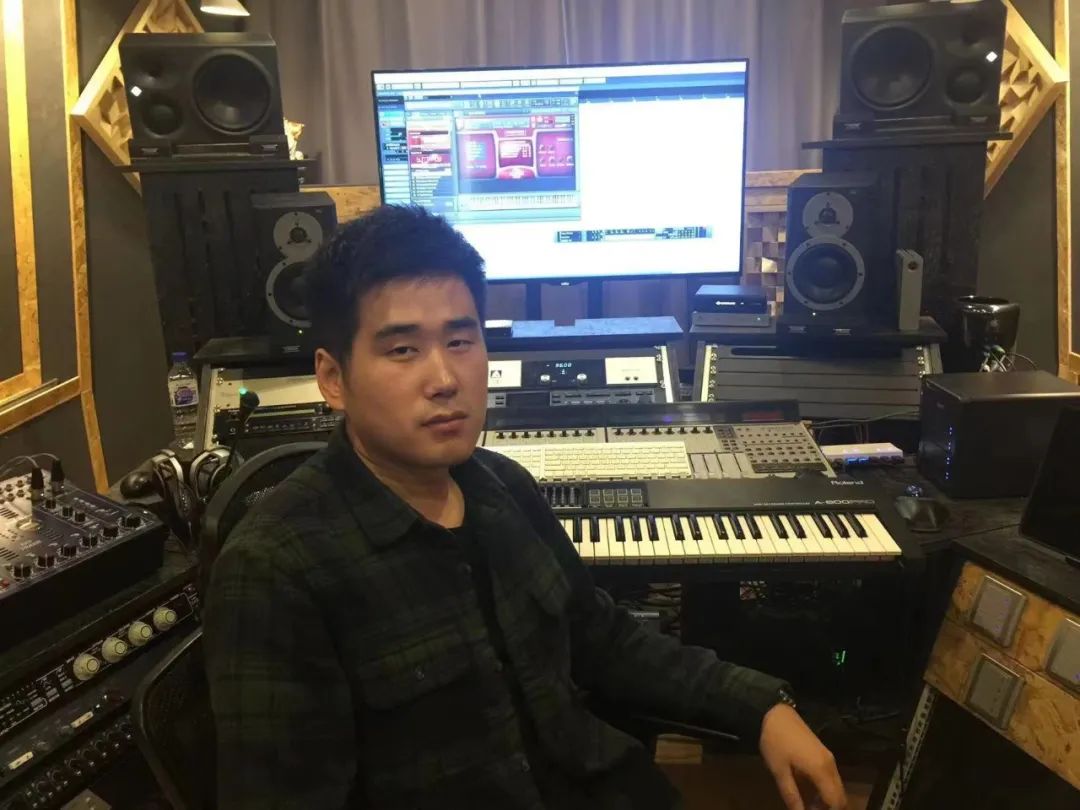
Zhao Yue, a music producer, a teacher at the School of Pop Music of Jilin University of the Arts, often cooperates with domestic artists, satellite TV, and film and television dramas. Participated in the arrangement and production of "The Voice of China", "New Voice of China", "Let's Band Together" and other domestic TV music variety shows; Arrangement and soundtrack production for the opening and closing music of film and television works such as "Jazz" and "July and Ansheng". Artists who have worked together include Jin Zhiwen, Su Jianxin, Jike Junyi, He Jie, Zhou Shen, Cao Ge, Su Yunying, Wang Sulong, Quan Zhendong, Zhang Bichen, etc.
The autumn wind is clear and the autumn moon is bright. Acacia meets each other and knows when, at this time and night it is embarrassing. ——Li Bai's "Three Five Seven Words/Autumn Wind Ci"
The work is taken from the artistic conception in Li Bai's poem.
The autumn wind is cold and the autumn moon is bright. The fallen leaves gather and disperse in the wind, and the perched jackdaw is disturbed by the autumn wind. The lovesickness in my heart is stacked, I don't know when I will meet, and I have a lot of thoughts on this night. The work uses modern composition techniques and takes "autumn" as the motive for writing, expressing the melancholy feeling of sending Acacia in the autumn wind.
Although it is midsummer now, I hope this song "Song of the Autumn Wind" can bring coolness to everyone, and also allow everyone to know the musical instrument Yazheng. It is different from the guzheng and the cello. It is a unique color in Chinese culture. In the future, there will be more works presented by Yazheng, so stay tuned.
 渝公网安备 50010702504639号
渝公网安备 50010702504639号